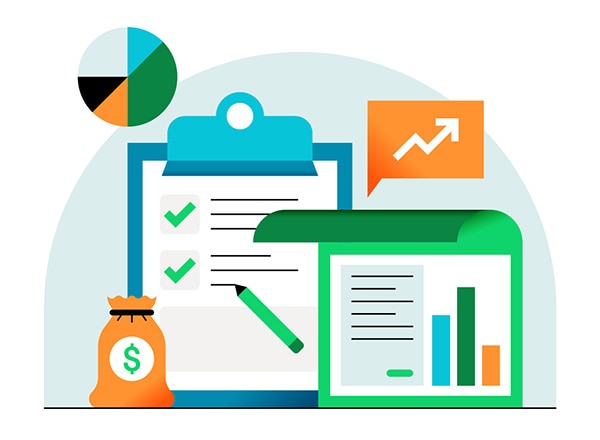In the past decade, the self-employment industry has grown more rapidly than any other employment segment, and the American Bureau of Labor Statistics expects it to continue to do so between now and 2026. The rapid growth of the industry has created numerous self-employment income opportunities for individuals who wish to work for themselves and find the financial freedom they crave.
However, one of the downsides of self-employment income is the fact that individuals are in charge of not only organizing their net earnings but also of filing their own taxes.
The process is a bit different from a traditional job, in which you only receive a Form W-2 at the end of the year. When working for a company, your employer withholds Social Security Tax and Medicare Tax.
Because self-employed individuals do not have any employer to withhold income for tax purposes, they must pay the entirety when filing their self-employed income tax return. They can then deduct one-half of their self-employment taxes from their personal tax return.
When you’re self-employed, you will likely receive an Internal Revenue Service (IRS) Form 1099. If you work for multiple clients, it’s possible that you’ll receive multiple 1099s. The individual or business sending you a 1099 is not responsible for withholding taxes, meaning there are no taxes withheld on any 1099 income. You are also responsible for tracking any expenses to determine if you’re eligible for a tax deduction.
While accounting software can handle these tasks, knowing the process could be beneficial, especially because American tax law is so complicated. Below, you’ll find a complete guide detailing everything you need to know about self-employed earnings and self-employment tax (or SE tax).








